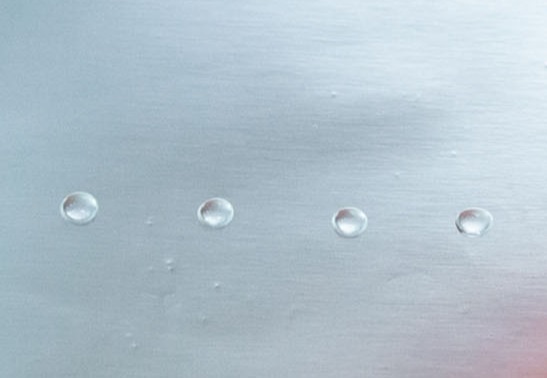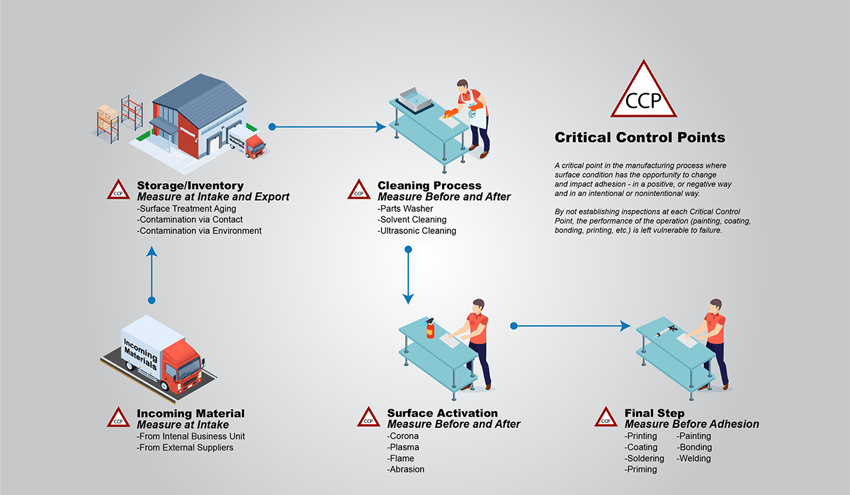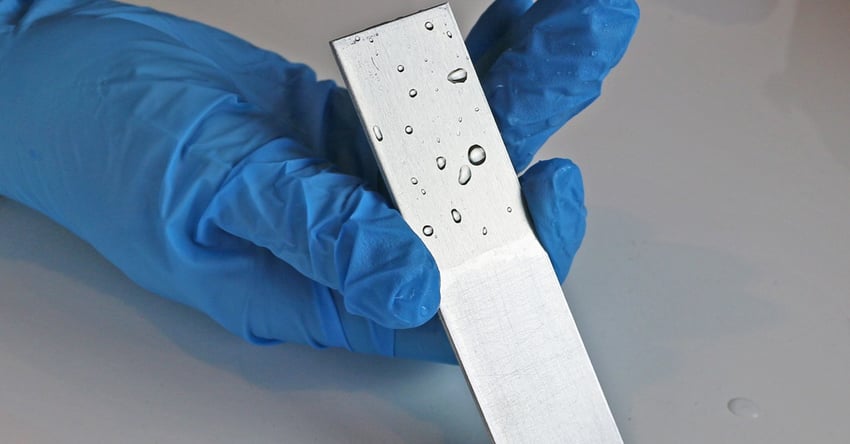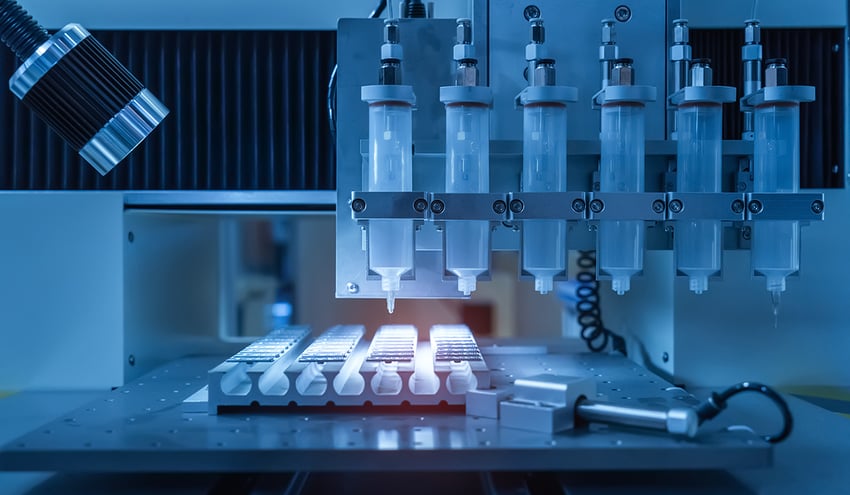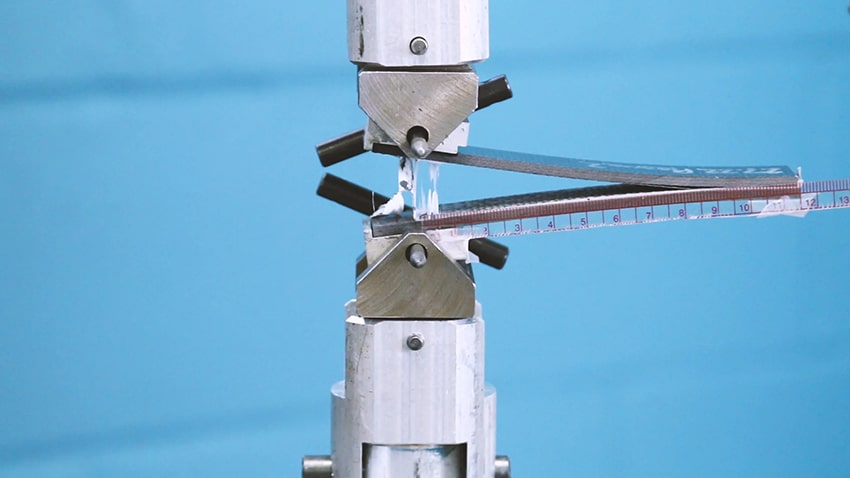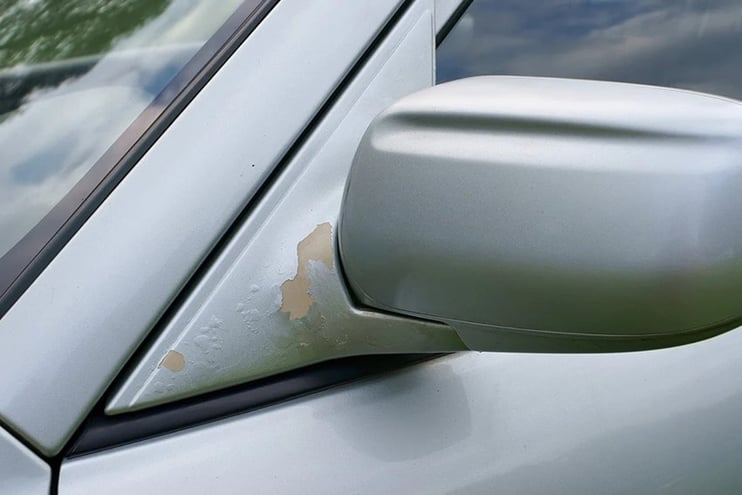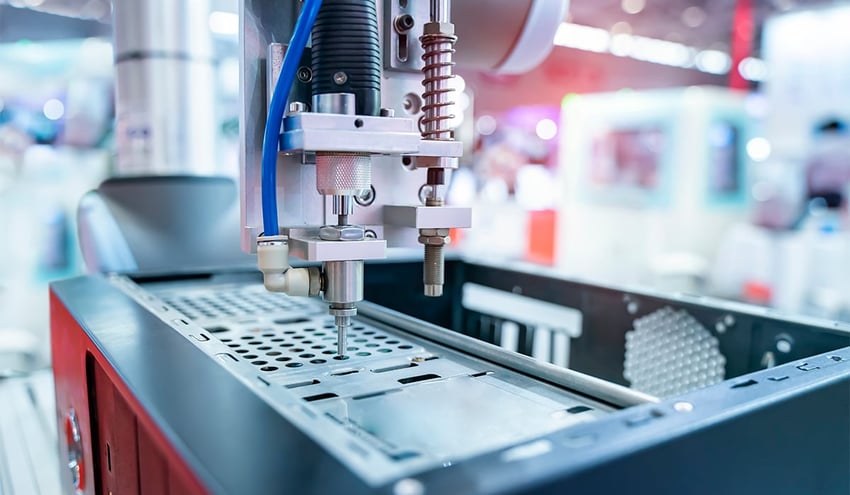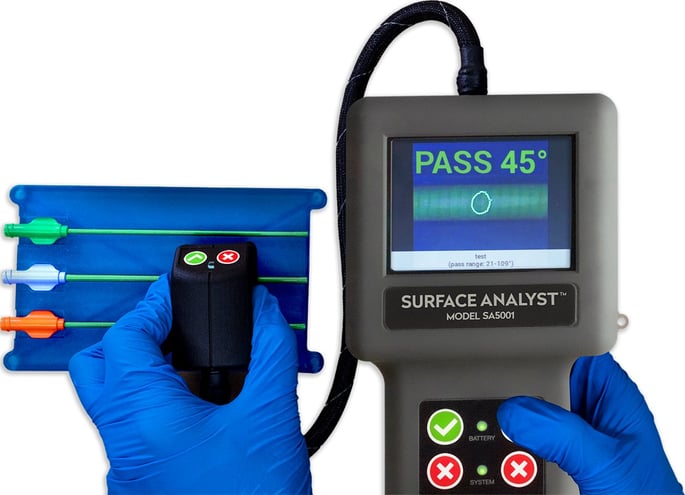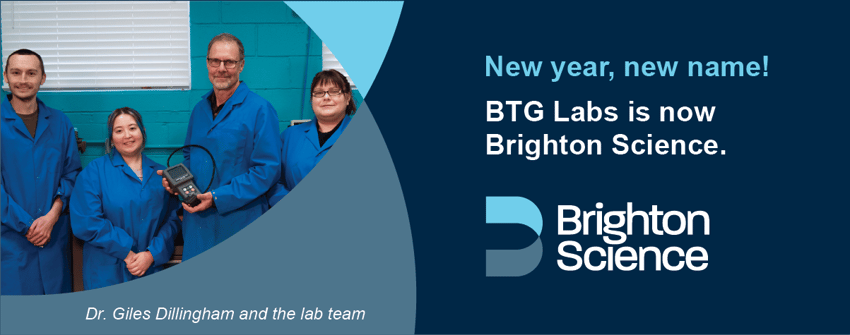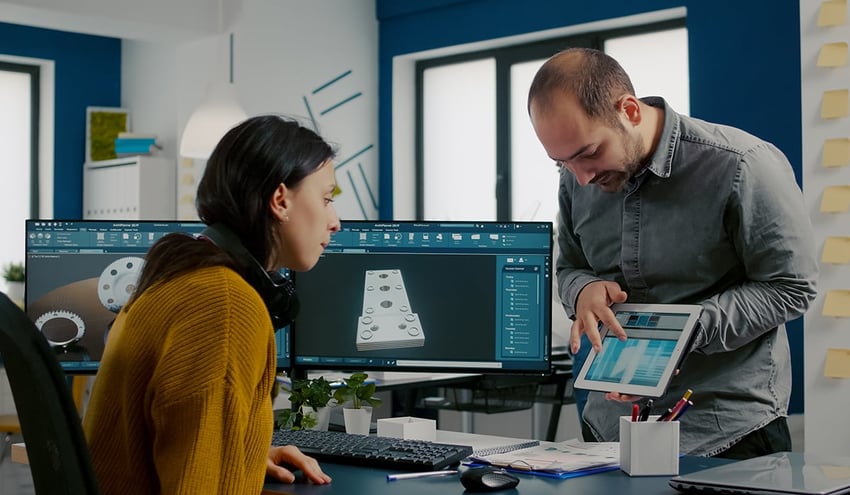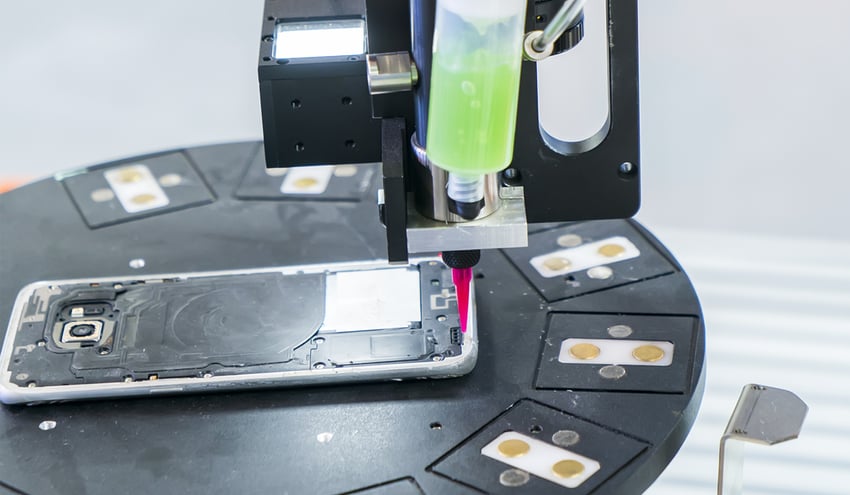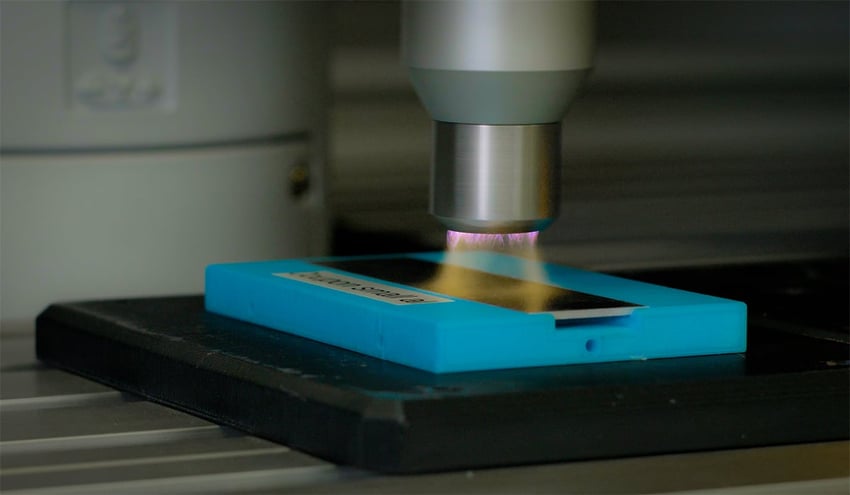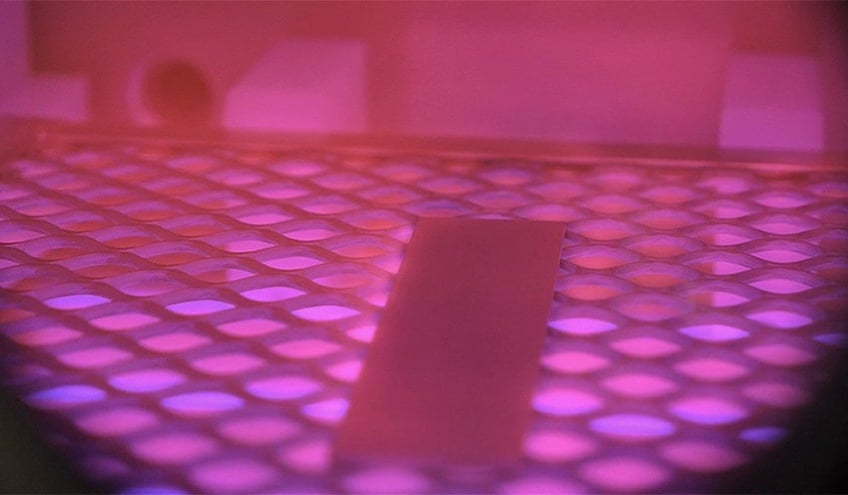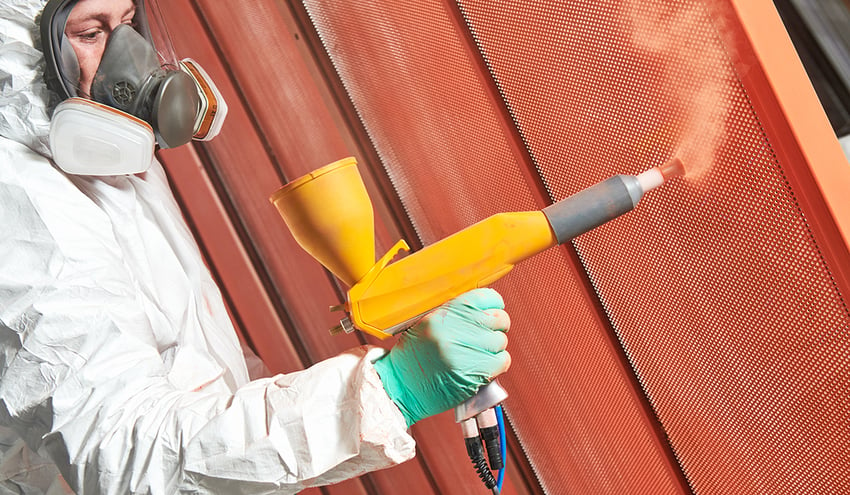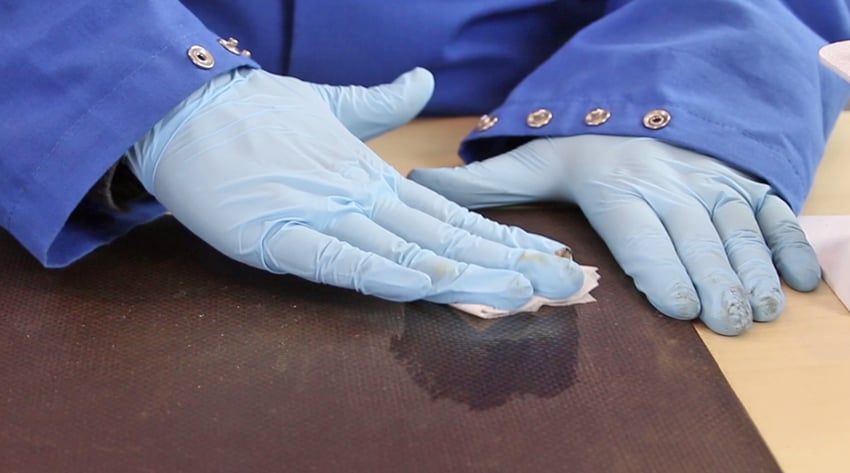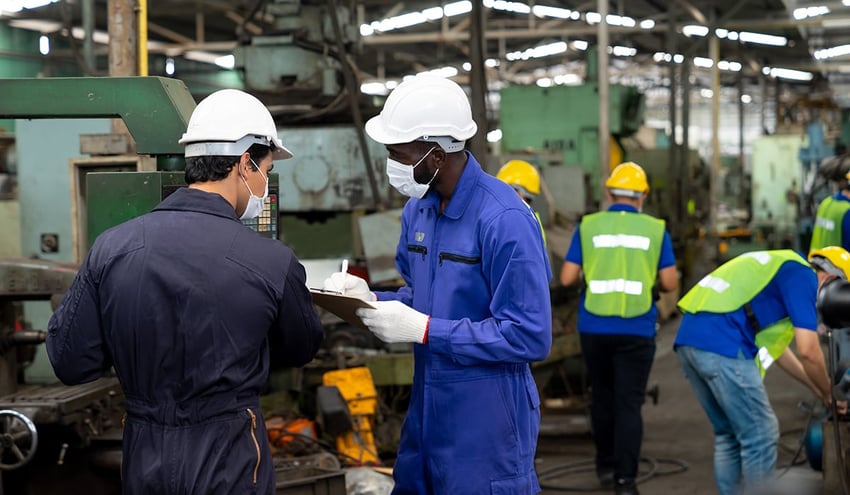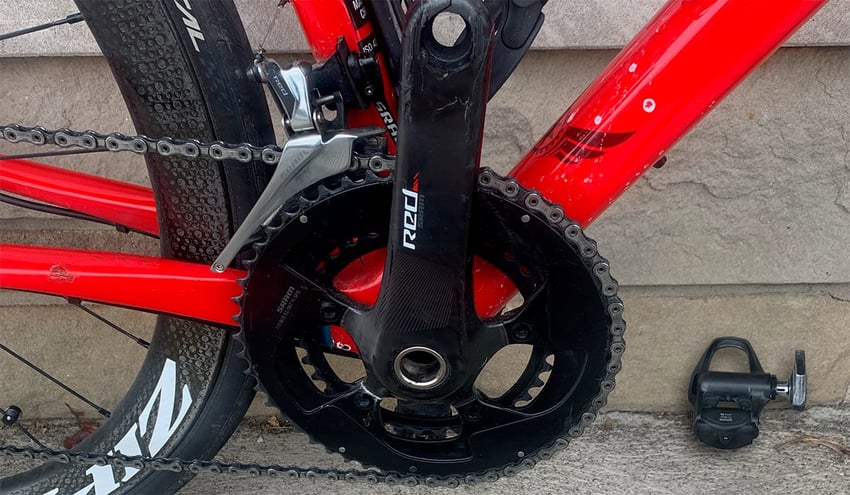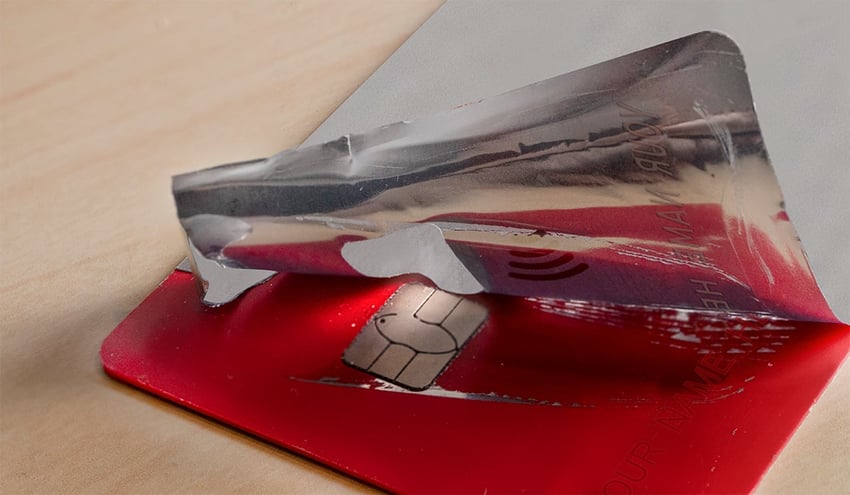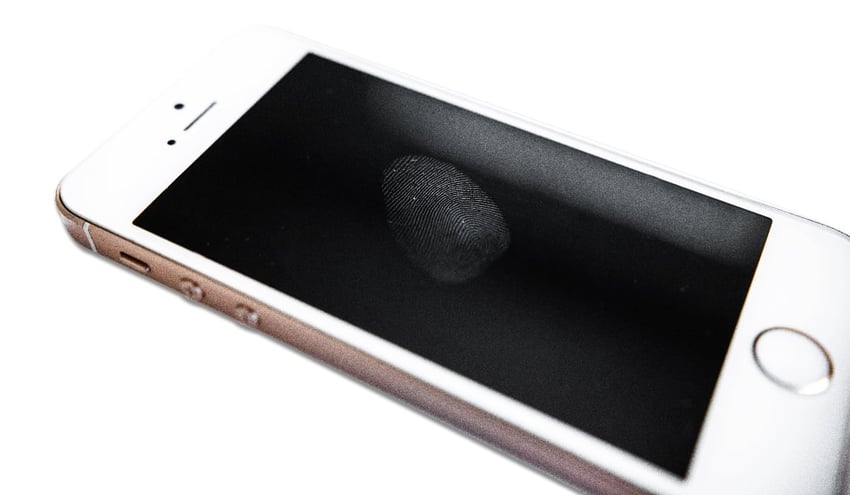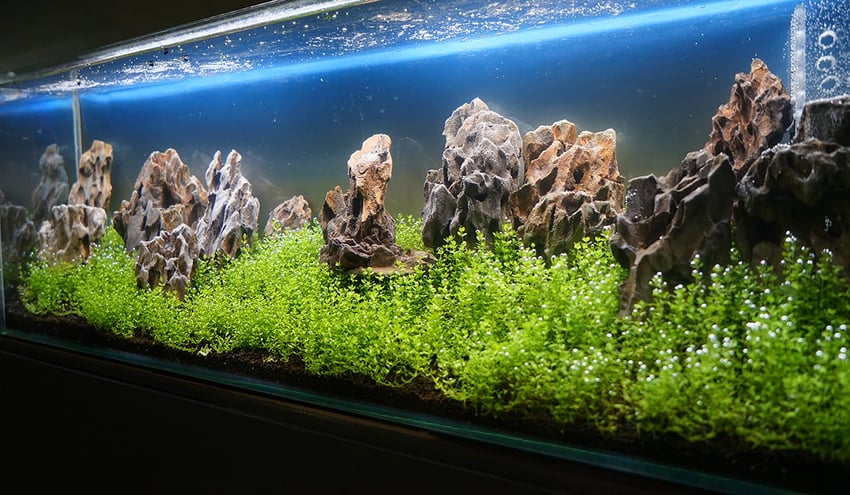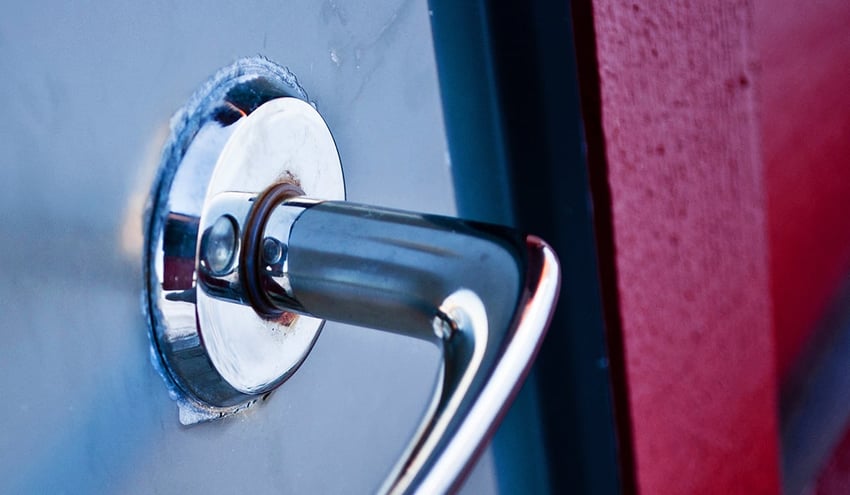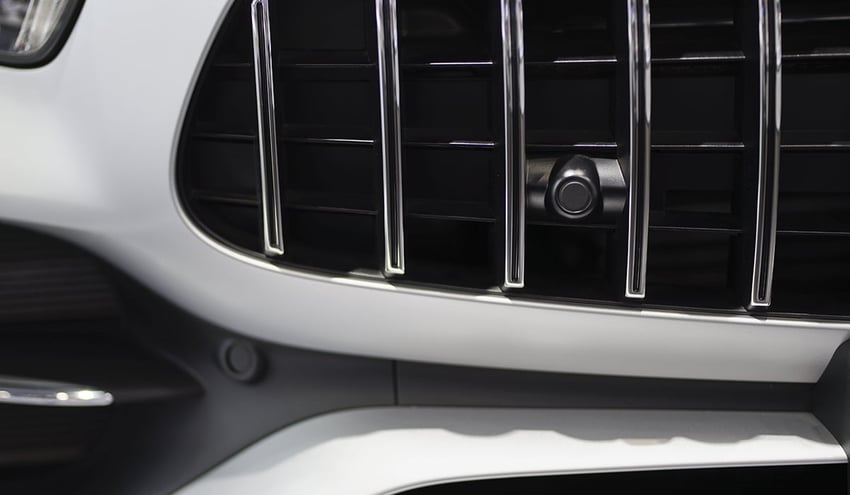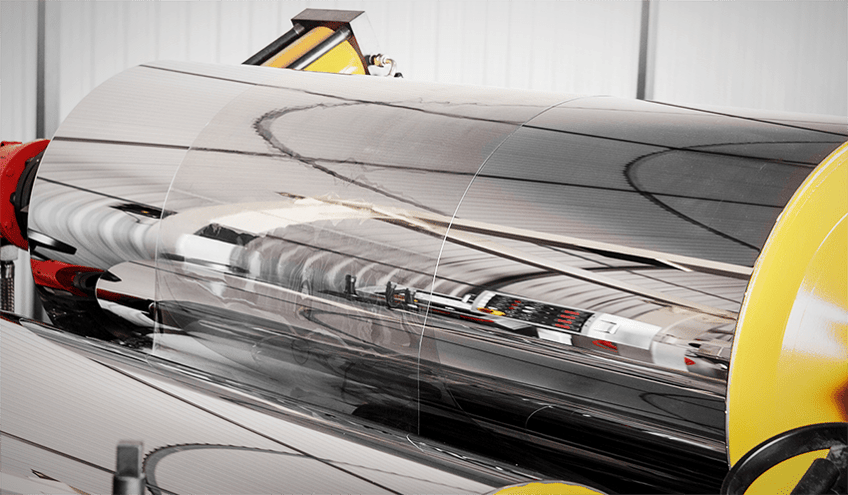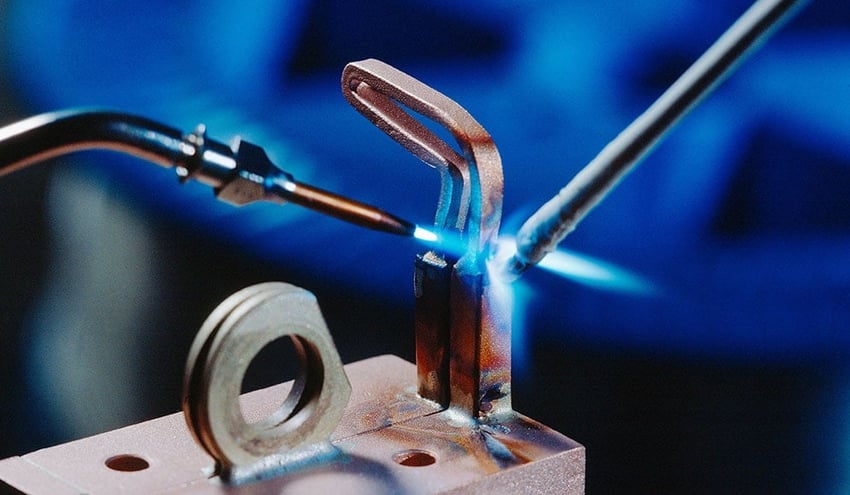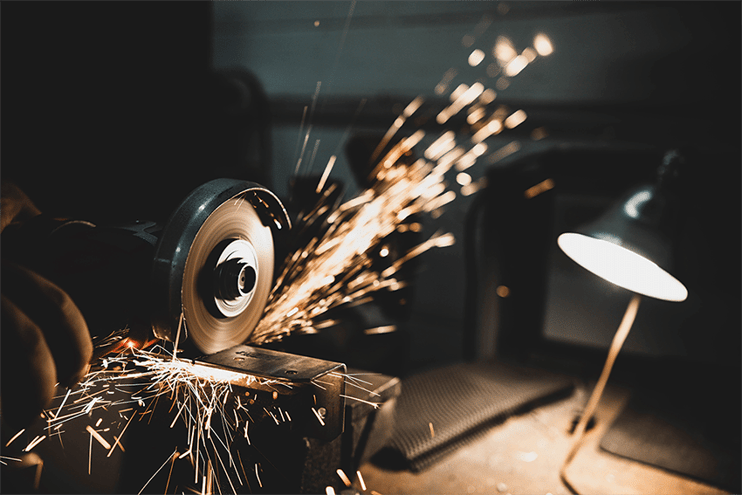Materials used to manufacture increasingly advanced and complex products have likewise evolved to be equally advanced and complex. As a result, it has become critical to understand the surfaces of these materials in order to optimize their ability to accept various paints, films, coatings, and adhesives.
It can be challenging for original equipment manufacturers (OEMs) to qualify suppliers when surface quality is a relatively unknown variable. This can occur when there is a misalignment between the OEM and the supplier in question because contracts rarely include anything about surface quality. In some cases, the assumption by both parties is that the material or component specified in the contract will simply be delivered clean and ready for processing. The problem, of course, is that nobody specified what “clean” or “ready for processing” actually means.
The Surface Quality Conversation That Needs to Happen
One major reason why contracts do not appropriately account for the quality of surfaces is that it’s not on most organizations’ radar – surfaces and their coatings can cross boundaries and silos of responsibility within organizations and their external suppliers. As a result, nobody takes responsibility, and everyone shares at least part of the blame when things go wrong.
It can start with the OEM not specifying what needs to happen with the surface – clearly defining how clean it needs to be and exactly what that entails. In many cases, the vendor would do the minimum amount of work to keep costs low and secure the business. Suppliers are typically not incentivized to take extra steps in surface preparation, cleaning, or correcting any surface-related issues. The main goal is to clean and ship it on time.
The OEM’s perspective is different. The way they see it, they’re paying good money for cleaning, and they expect the surface to be properly prepared and tested for confirmation. If that doesn’t happen, they feel they’re not getting their money’s worth, while the supplier is miffed because they feel they’re not getting paid enough to go what they think is above and beyond the contract. The result? The product ends up unacceptable, and both parties are unhappy.
What needs to happen upfront is a conversation between OEM and supplier that clearly defines who owns the state of the part’s surface. The owner must establish a specification for the quality of the surface that enables certain manufacturing steps, such as painting, adhesion, and coating, to be repeatably successful. The owner also needs to develop metrics based on the specification against which data can be analyzed to ensure consistent surface quality. This methodology and process need to be stated in the contract so that both parties are clear on what is expected regarding surface preparation, level of cleanliness, and quality as deliverables.
How Suppliers Are Testing Surface Quality & Cleanliness
White Glove Test
This test is defined as a person literally running a white-gloved finger across a product or material surface to see if it picks up visible contamination. While this may be acceptable for household dust, it falls woefully short of determining the cleanliness of manufacturing processes, including painting, printing, coating, or joining parts or materials together using adhesives.
Dyne Ink/Solution Test
Dyne testing is a subjective test used to measure surface energy or wetting tension. This test relies on the operator’s ability to visually see how the solution interacts with the material surface. Dyne testing is destructive to the part being tested and can even be harmful to the user operating the test.
Contact Angle
A contact angle (also referred to as a wetting angle) is formed when a drop of liquid is placed on a material surface, and the drop forms a dome shape on the surface. The angle formed between the surface and the line tangent to the edge of the drop of the water is called the contact angle. This angle provides quantitative data about the cleanliness of a surface at a molecular level and is well-suited for uniformly monitoring surface quality across multiple suppliers.
Revolutionize Your Manufacturing with Surface Quality Inspection Technology.
Particulate Testing
This testing method measures physical particles of contamination that have been deposited onto a surface from the environment or through processing.
Optically Stimulated Electron Emission (OSEE)
This lightweight, sensitive, accurate, and portable photoemission-based technique is designed for quickly inspecting surface cleanliness. This test uses UV light to test a surface, and while it is not sensitive to soap or other impurities, it will detect oils.
To reliably ensure surface quality, it’s important to select a test that is sensitive to the material’s surface chemistry and thickness and has the resolution to catch parts that will fail to meet specifications.
OEMs Must Have Alignment Around the Surface Science
Surface quality control will remain elusive until efforts are made to standardize processes that measure, monitor, and optimize cleanliness across all suppliers who come in contact with the surfaces in question. Manufacturing can only deliver a dependable end product with minimal risk and rework by ensuring consistent quality.
The only way to do this effectively is to align suppliers and processes around surface science. It’s critical that all parties understand the materials being used and why and the properties that need to be present so that the material’s surface quality is assured of meeting manufacturing specifications.
Achieving this requires the right surface science tools and surface intelligence – data gathering and analysis using a common language so that all business units and disciplines can make use of that data and communicate clearly and accurately to minimize misunderstandings and quickly address any issues. This may require OEMs to change how they think about their product components and product quality, and perhaps even the need to work with a partner with surface science expertise. Surface intelligence allows OEMs to make changes with confidence and enables the supplier to prove the quality and value of their work.
Suppliers Need to Meet the OEM's Requirements
The supplier’s primary task is to deliver the contracted components as specified, on time and on budget. To help successfully accomplish that when surface quality plays an important role in overall product quality, the OEM should initially qualify the supplier with these four questions:
- How experienced are you with surface cleaning?
- Do you have expertise and experience in surface activation?
- Do you have the ability to scale production lines based on surface constraints?
- How will you ensure that contaminants and the manufacturing environment will not have an adverse effect on surface quality?
Positive answers to these questions, along with clearly defined surface quality specifications and responsibilities, will ensure that the highest quality end product can be produced consistently and at volume, as required.
How Suppliers Can Gain a Competitive Edge
Surface quality will only become more critical as materials become more sophisticated and technologically advanced, requiring more careful preparation, analysis, and monitoring.
Suppliers looking to develop long-term relationships with OEMs using these kinds of materials will need to acquire or outsource the expertise and experience to manage, test, and validate surface quality to help ensure they win the next contract and the next. Smart suppliers will recognize the need to invest in surface intelligence technology that will enable them to produce reliable and repeatable high-quality parts for their OEM partners and gain a competitive advantage.
Optimize the power of next-gen connectivity with data & surface intelligence.
At Brighton Science, we have deep knowledge and expertise in surface science. Our ability to accurately measure and validate surface quality for manufacturing is unmatched. We have worked closely with the world's top OEMs and their suppliers to help address a variety of manufacturing challenges.
Our first-hand experience has revealed that both OEMs and suppliers need a uniform way to measure surface quality and create a common language around what is required. That common measuring methodology and the language associated with it must be part of every agreement and contract in which product quality can be affected by surface quality. Only by doing so can risk, delay, and cost be reduced and product quality assured.
Understand the benefits of implementing diagnostic tools and surface intelligence into your operation by downloading this eBook, "The Future of Manufacturing: A Guide to Intelligent Adhesive Bonding Technologies & Methodologies."








